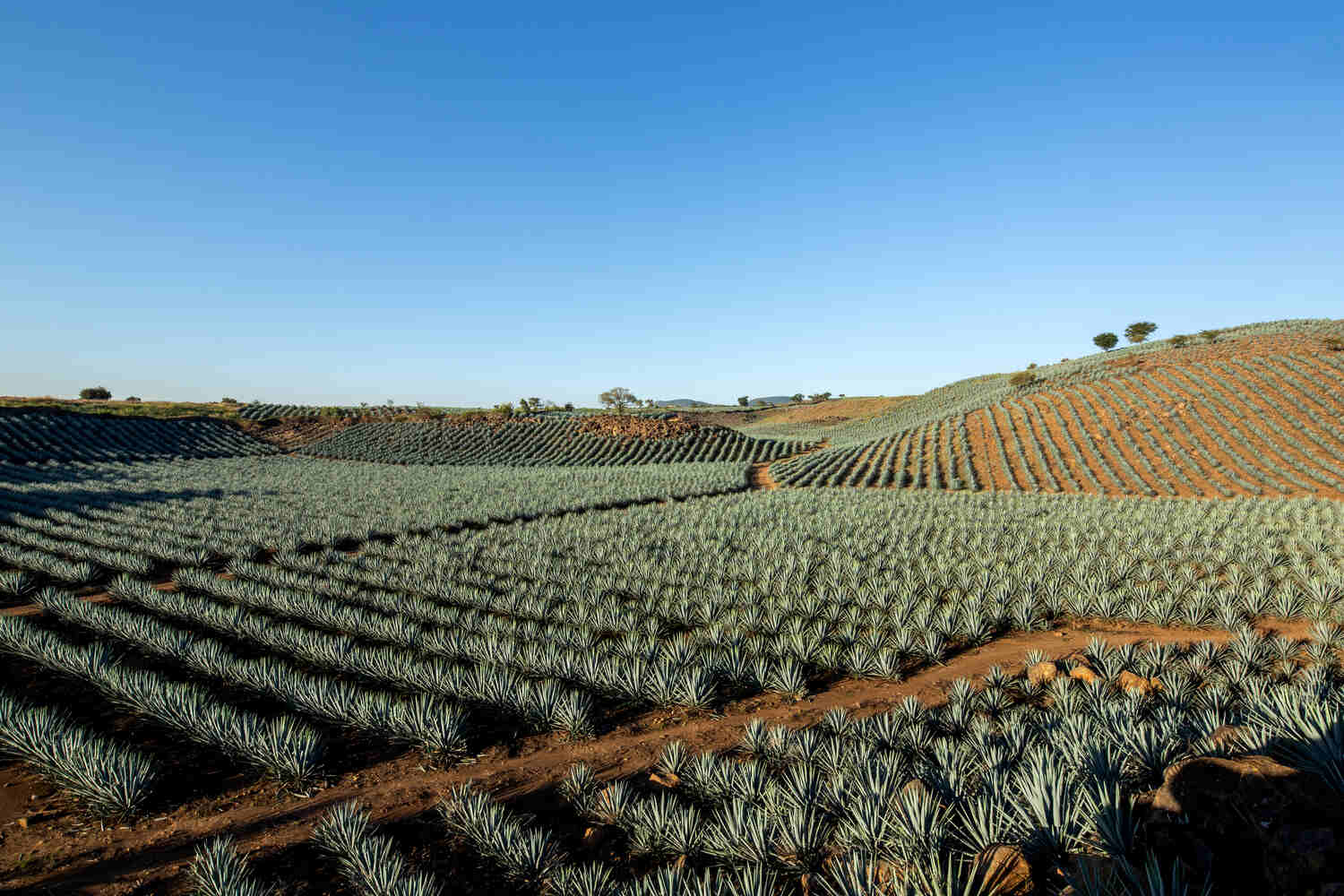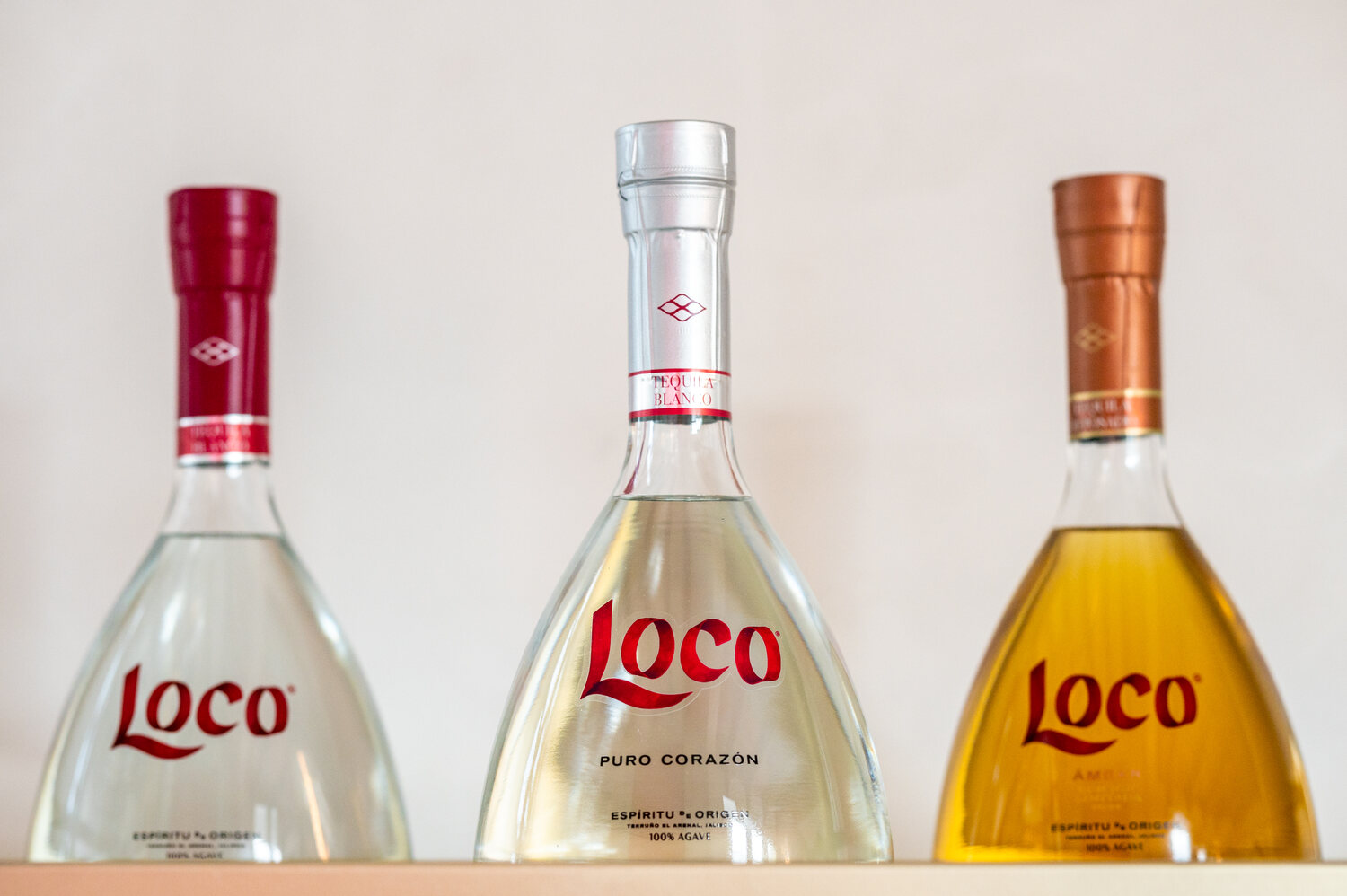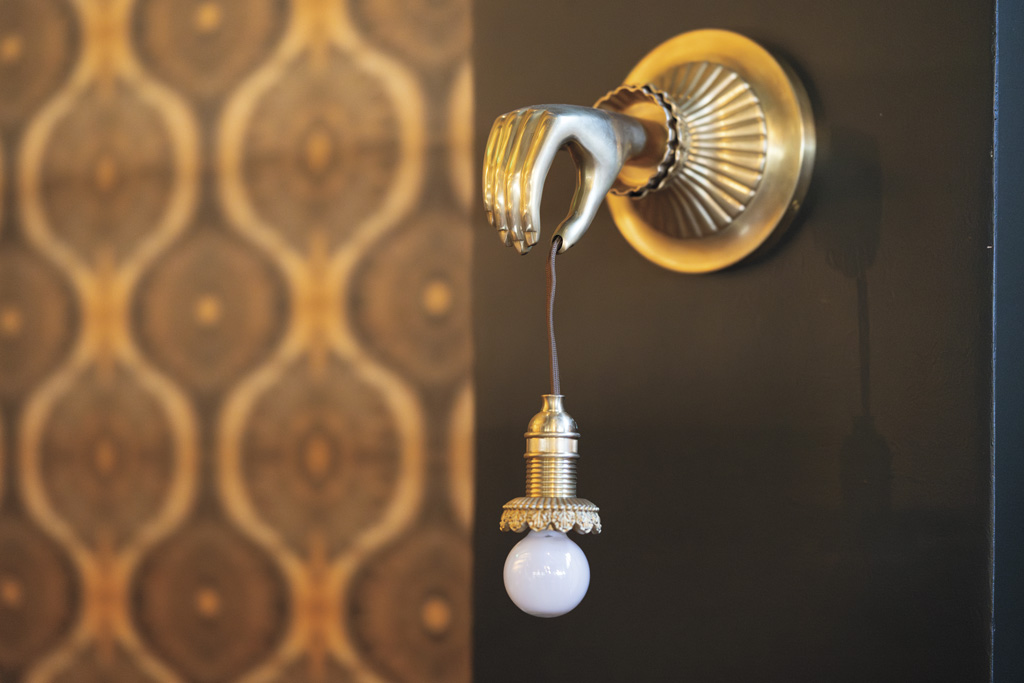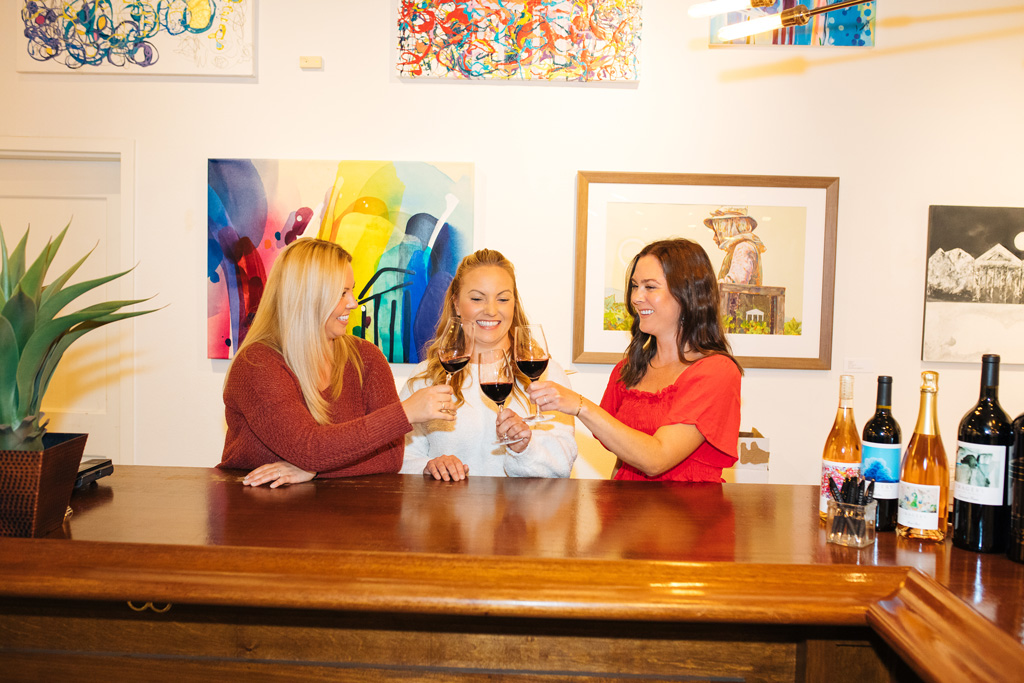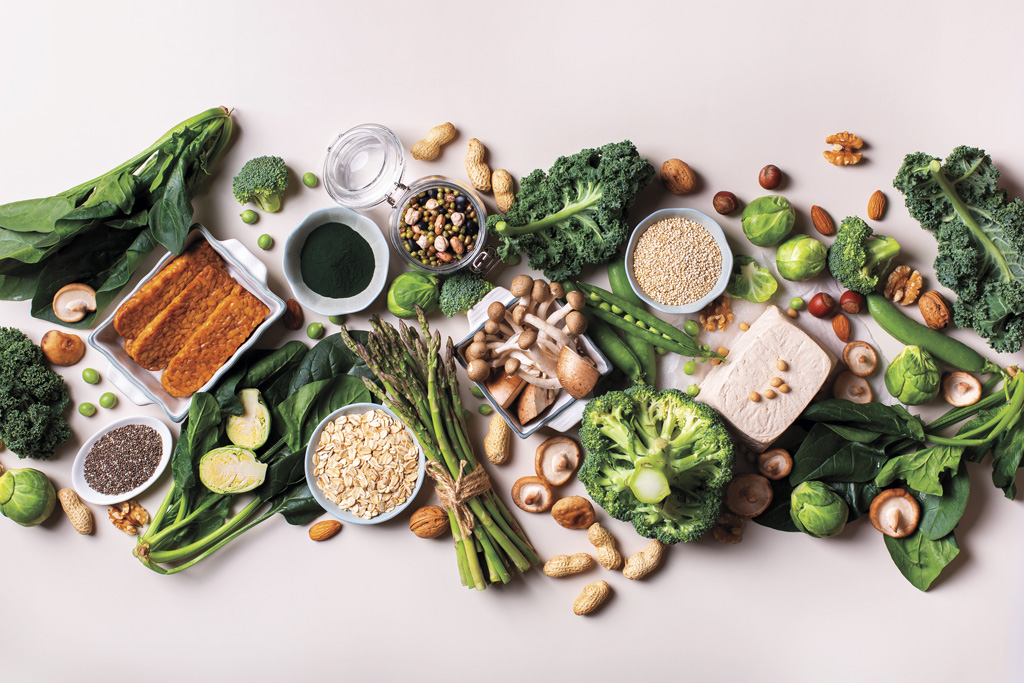Perhaps it seems counterintuitive to name a tequila Loco; however, that is exactly what founders Gabriel Roqueni and Pedro Padilla christened their ultra-premium tequilas from Jalisco, Mexico. Yes, drunken college frat boys might come to mind, but shift the lens to amplify the double-entendre — “that’s a crazy genius idea” — and it makes sense.
After a successful career in high tech and artificial intelligence, managing partner and Sausalito resident Juan Pablo Torres-Padilla, who is from Mexico City and was educated in France and the U.S., has now turned his full attention to his longtime passions: wine and fine tequila. Along with overseeing his acquisition of Sullivan Rutherford Estate in Napa Valley, he has recently launched Loco Tequila and hopes to share his favorite spirit with American consumers.
“We want to make tequila like it was made 200 years ago,” says Torres-Padilla. “It is our mission to showcase Mexico’s history and innovative spirit with an exceptional tequila that honors the original essence of the blue agave.”
In keeping with Torres-Padilla’s commitment to honoring the art of traditional tequila making, Loco Tequila’s home is in the Hacienda La Providencia (one of the first exporters of tequila dating back to the 1940s) in Jalisco’s Valle del Arenal. The Loco team is in the process of refurbishing the onetime tequila producer and transforming it into a state-of-the-art distillery, while continuing to honor its rich legacy. For the uninitiated, with very few exceptions Jalisco is the only state where tequila can be produced.
The team’s agave expert, Jose Antonio Sanchez Lopez, is responsible for the agave planting to be used in Loco’s three distinct tequilas: Loco Blanco, Loco Ambar Reposado and Loco Puro Corazon. The small-batch process includes hand-picking seven- to nine-year-old agaves averaging 88 pounds each and a shaving process; then the agaves are placed in ovens for up to 64 hours. Grinding and maceration follow and finally multiple fermentations take place in a variety of containers consisting of either stainless steel, cement basins or wooden containers. Because of the special techniques and use of varying materials for the fermentation process, the three different tequilas each boast unique profiles.
For tequila aficionados, there is much to like about this collection — starting with the handsome bottles and packaging designed by Mexican-Dutch born artist Jan Hendrix. The circular shape of the agave plant was the inspiration for the uniquely shaped bottles and the crimson red of the logo represents the richness of Mexico’s history. And as expected, all three present different characteristics, but they all share a smooth, silky mouthfeel that bears little resemblance to the spirit many of us closed our eyes to and took shots of during our college days.
It seems a tall order to attempt to capture an entire country’s history, legacy, innovative spirit and art — all in a 750 ml bottle. Some might even call it loco. But the founders remain committed to their passionate mission to both celebrate and honor an age-old tradition of producing high-quality tequila in the state where it originated. And now, we too can enjoy the true essence of Mexico’s blue agave here in the U.S.
